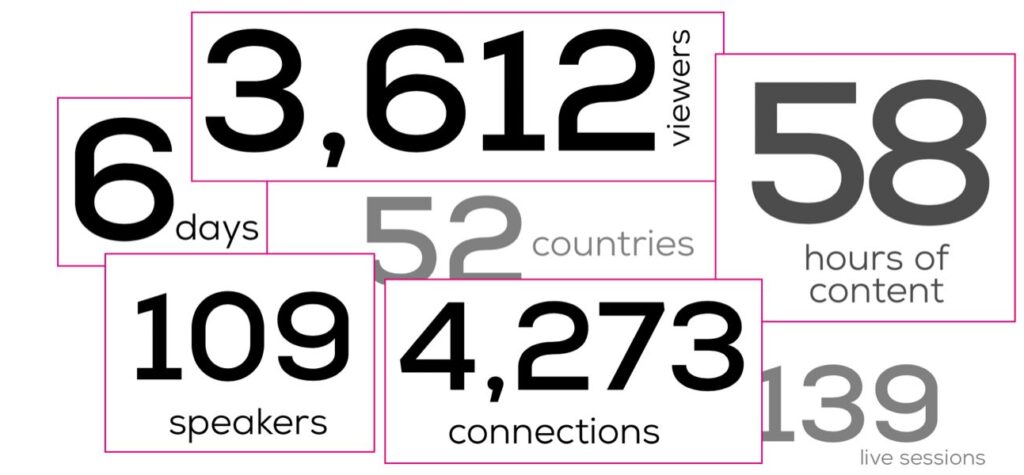SPEAKER PREVIEW: Perfect Cents – Investing in Design
Historically, seating capacity was the driving force behind stadium design. More seats meant more revenue – and a bigger building. But today’s trend towards boutique service, segmented customer experiences, and embedded sponsor branding often creates a situation where ‘less is more’. Instead, investing in personalized and creative design is the new economic reality.
That’s the view of David Manica, President of MANICA Architecture, and the latest leading international expert to be confirmed for the programme at TheStadiumBusiness Design & Development Summit (12-14 November 2012).
Manica – who, in his 18th year designing sport and entertainment venues, has forged a vision for some of the world’s highest-profile stadium, arena and convention projects – will join Session 2 (‘Form Follows Function’) of the programme in Warsaw to offer MANICA’s vision for the future of stadium design.
“As stadium designers and developers, we need to learn from industries like the hotel industry, and the air travel industry”, explains David.
“These industries have been forced to evolve in order to continue to thrive, and have therefore undergone a real paradigm shift. Bigger no longer means better; and instead, the provision of higher-quality, more intimate spaces has emerged as the platform for providing unique and memorable experiences for customers.”
“The stadium of tomorrow will follow a similar pattern,” continues David. “I propose we may see fewer seats, but with a real onus on quality over quantity. This will actually drive higher revenues.”
There’s also a strong economic argument for focusing on more ‘boutique’ stadia design, maintains Manica.
“As we’ll be exploring in Warsaw, the development cost-per-seat of larger stadia tends to be substantially higher than that for more modestly sized venues.
“We believe that the challenge for our sector is to change our mindset from ‘How many seats can I construct within my project budget?’ to one of “How can I best maximize the value of each seat constructed?’.”
REGISTER NOW TO JOIN US IN WARSAW!
About the speaker:
 Prior to establishing his own design studio in 2007, David Manica worked for thirteen years as a Senior Project Designer and Managing Director of Design at HOK Sport (now Populous), where he was responsible for leading the design of over $5 billion construction on some of the largest and most recognized facilities in the world, including; Toyota Center, Reliant Stadium, O2 Arena London, Beijing Olympic Arena, and the new Wembley Stadium.
Prior to establishing his own design studio in 2007, David Manica worked for thirteen years as a Senior Project Designer and Managing Director of Design at HOK Sport (now Populous), where he was responsible for leading the design of over $5 billion construction on some of the largest and most recognized facilities in the world, including; Toyota Center, Reliant Stadium, O2 Arena London, Beijing Olympic Arena, and the new Wembley Stadium.
As President of MANICA Architecture, his recent projects include the concept design for the new Inter Milan Stadium (Milan, Italy), the Guangzhou International Arena (Guangzhou, China) and the new AEG operated Mercedes-Benz Arena (Shanghai, China). He is currently leading the design of the new VTB Stadium and Arena for FIFA 2018 (Moscow, Russia) and is the sport design architect working in partnership with Foster+Partners for the new Lusail Iconic Stadium for FIFA 2022 (Doha, Qatar).
Исторически сложилось так, что при строительстве стадионов учитывалась, в первую очередь, вместимость. Большее количество мест на стадионе означало большую доходность. Соответственно, и здание стадиона строилось большего размера. Современные же тенденции направлены на обслуживание клиентов в уютных бутиках, выделение и учет потребительского спроса в сегментах рынка, а также возможность «встроить» бренд спонсора, что зачастую приводит к ситуации, где «меньшее означает больше». Вложения в персонифицированный и креативный дизайн спортивных сооружений стало новой экономической реальностью.
Таков взгляд Дэвида Мэника, Президента MANICA Architecture, одного из ведущих международных экспертов, который на днях подтвердил свое участие в программе Саммита Стадионов «Дизайн и Девелопмент» (Варшава, 12-14 ноября 2012 года).
Дэвид Мэника, имеющий за плечами 18-летний опыт разработки и проектирования спортивных и развлекательных сооружений, облек свое видение как в узкопрофильные стадионы мирового уровня, так и первоклассные арены и сооружения для проведения разнообразных массовых мероприятий. Мэника присоединится к экспертам секции 2 («Форма – следствие Функции») программы Варшавского Саммита и предложит видение Архитектурного Бюро MANIKA в дизайне стадионов нового поколения.
Продолжение статьи на английском языке















Share this